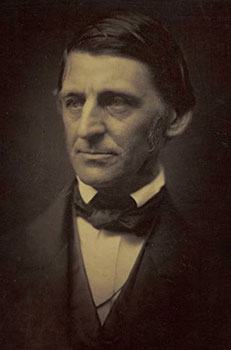Introduction
Where did the phrase "shot heard round the world" actually come from? Why is it used in reference to the first shots of the American Revolution? No one can be sure who really fired the first shot of the American Revolution. However, the answer comes from 19th century poet Ralph Waldo Emerson, whose father and grandfather witnessed the battle at Concord, Massachusetts. In 1837, Emerson wrote the poem "Concord Hymn", which contains the following lines:
"By the rude bridge that arched the flood,
Their flag to April’s breeze unfurled,
Here once the embattled farmers stood,
And fired the shot heard round the world."
In this lesson, you will learn about the battles that took place after those shots were fired at Lexington and Concord in April 1775. You will also learn how the tide of the war turned toward an unlikely victory for the Continental Army made up of common men, including the 'farmers' that Emerson referenced in his poem.

Use your Revolutionary War Timeline and scroll down to the year 1775 to get ready for the events of this lesson.
Following successful completion of this lesson, students will be able to...
- Describe the battles of Lexington and Concord and their outcomes for both Britain and the colonists
- Compare and contrast the strengths and weaknesses of the British and American forces at the beginning of the American Revolution
Essential Questions
- What were the major events leading to the beginning of the American Revolution?
Enduring Understandings
- The American Revolution was the culmination of decades of growing tensions between Britain and the colonists due to economic, social, and political factors.
The above objectives correspond with the Alabama Course of Study: United States History I standards: 3 and 3.1.